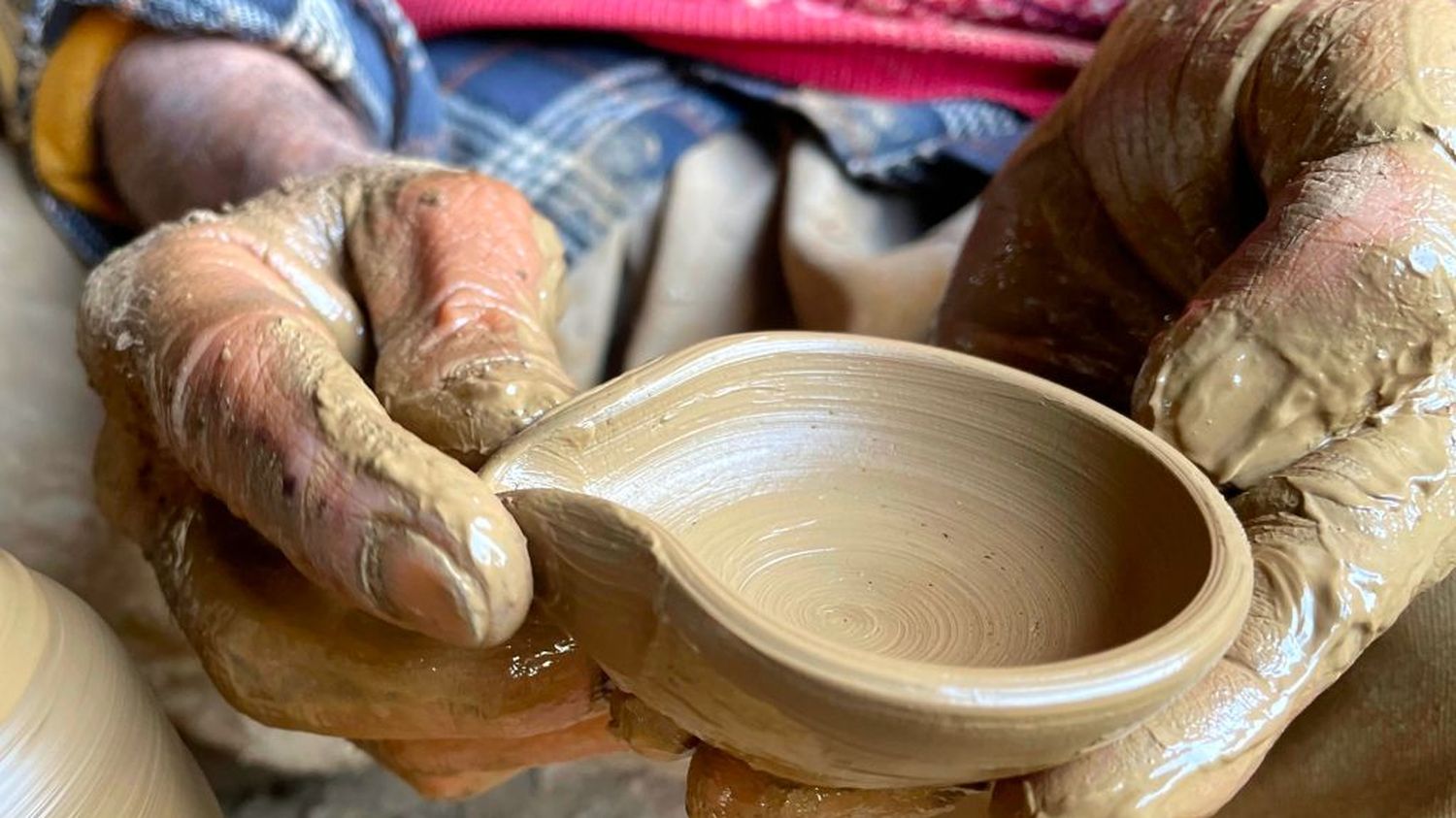Building painter, home hairdresser, drone repairer, more and more entrepreneurs in the craft sector are leaving the business world or are unable to enter it.
Published
Update
Reading time: 2 min

Last year, more than 250,000 new craft businesses were created. This is 7% more than a year ago. The dynamic is constant. The number of craft businesses has doubled since the year 2000. There were 800,000 at the time. There are now 1.6 million.
This progression is mainly due to the status of microentrepreneur. Its creation in 2009 made the process easier. Last year, for example, two thirds of new craft businesses were started as microenterprises. But other corporate forms are also progressing. That’s the good news.
And then this dynamic was reinforced with the Covid crisis. For two years, the enthusiasm has been particularly strong.
In what types of activities?
80% of new businesses created last year are in construction – masonry, plumbing, carpentry – and, above all, in the services sector. What is still growing strongly is beauty care. “Many women start at home, to have less restrictive schedules and a better work/life balance”explains Catherine Elie, the director of the Higher Institute of Trades.
We note the appearance of a new profession: drone repairer. 113 companies created last year, up 88%. In food, it is stable. Craft beer, which has experienced a real boom in recent years, is in decline. What is increasing now is the distillery.
The attraction for arts and crafts is strong
Jewelry, photography, glass work, cutlery, knitting, ceramics. New craft businesses in these professions are experiencing double-digit growth. The health crisis is the origin of a large number of vocations. It is the return to favor of professions of gesture, which goes hand in hand with the rejection of “bullshit jobs” described by the American anthropologist David Graeber, which are often translated as “bullshit jobs”.
In these gesture professions, we find many employees in retraining, in micro-enterprise status. And crafts benefit from it. Striking example among others: in 2017, INSEE identified 338 new companies manufacturing ceramic items. In 2019, it was 585. And last year, 950 according to figures provided to us by the Higher Institute of Trades.
Another positive effect, the geographical aspect
Before the health crisis, most new craft businesses were born in big cities. This is no longer the case. One in three installations is now in rural areas compared to one in seven in the Paris metropolitan area.
